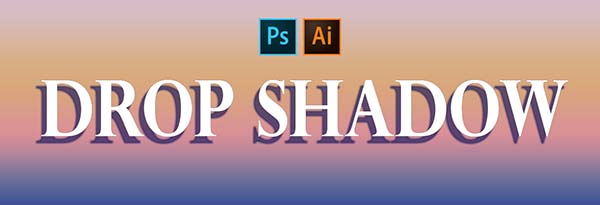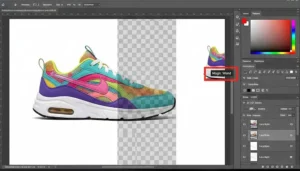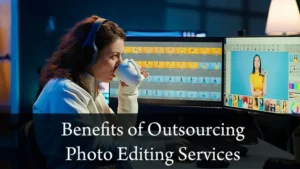Photoshop Drop Shadow is a popular graphic design technique that adds dimension and depth to a design. It’s a great way to add emphasis and visual interest to your work. With its versatility, drop shadow can be used in a variety of designs, from logos to illustrations and more.
In this article, we’ll explore different techniques and visual effects that can be achieved with the use of shadow effect. We will discuss the best practices for creating a shadow effect. We will provide advice and guidance to help you maximize the potential result of your design.
Finally, we’ll provide some resources to help you get started with drop shadow creation in your own work.
15 inspiring examples of drop shadow service in graphic design.
1. Photoshop Drop Shadow
Photoshop is a powerful tool that allows designers and photographers to unleash their creativity and bring their ideas to life. One of the essential features in Photoshop is the ability to add a drop shadow to various elements in your design. In this article, we will explore the concept of Photoshop drop shadow, its significance, and how you can create stunning drop shadows to enhance your designs.
2. Natural Drop Shadow
This technique involves placing a light source behind an object to create a shadow, which gives the object a more realistic and three-dimensional look. This is done by manipulating the light to mimic the effect of natural light, which casts a shadow behind the object. It is a popular technique used to make flat objects look more realistic and three-dimensional. It is known also as a “Drop Shadow Service” in graphics field.
3. Existing Shadow Recovery
Sometimes, the original shadows in an image can be too faint or unclear. This service can help to bring out the object by enhancing the existing shadows or even creating new ones to make the object appear more distinct and defined.
This can be achieved by manipulating the contrast and brightness of the image to make the shadows more visible, as well as through the use of tools such as dodge and burn. By doing this, the image can be enhanced to make the object stand out more, giving it more depth and dimension.
4. Reflection Shadow Service
A reflection shadow is an image of an object that is reflected on a reflective surface, such as water or a mirror. This type of effect can be used to add a dramatic and dynamic look to a photograph or other image. Reflection shadows can be used to create an illusion of depth, to add visual interest, and to create the illusion of movement.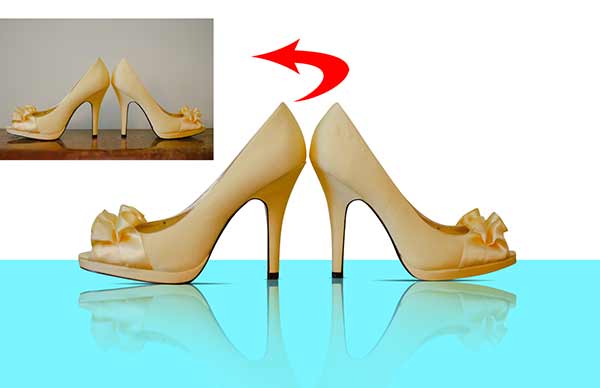
5. Offset Drop Shadows
An offset shadow is created by shifting the shadow to one side of the object, rather than directly behind it. This can create a more dramatic effect and add depth to an image.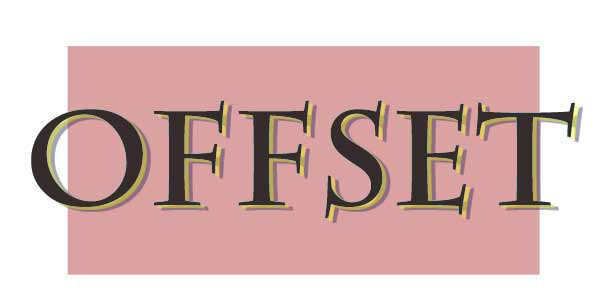
6. Cast Shadows Sample
Cast Shadows Service is a technique used in 3D modeling to create a realistic-looking shadow that appears to be cast by an object onto a surface. This technique is often used to help add realism to a scene, making an object look like it is floating in the air or to emphasize its depth.
It involves the use of light sources, the object itself and a surface to cast the shadow onto. This technique can be used to add a sense of realism to a scene and make it look more natural and lifelike.
7. Mirror Shadow Effect
A mirror shadow is similar to a reflection shadow, but it is typically created on a non-reflective surface. It can add a sense of depth to an image and make it appear more dynamic. It can be used to create a more even or uniform look, by blending the shadows together in a subtle way.
8. Floating Shadow Creation
This technique can be used to create a shadow that appears to be floating above or below an object. It can add an interesting effect to an image and make it appear more dimensional.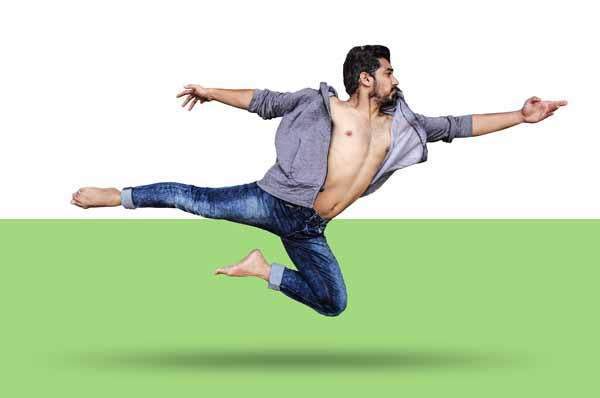
9. Gradient Drop Shadow
This technique creates a shadow that fades from dark to light or vice versa. It can be used to create a softer, more subtle effect or to emphasize depth and dimension.
10. Inner Shadow
Instead of creating a shadow behind the object, this technique creates a shadow within the object. It can be used to create a hollow or cutout effect.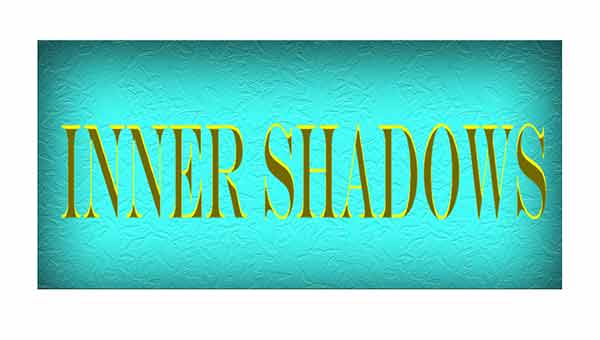
11. Perspective Drop Shadows
This technique uses perspective to create a shadow that appears to be receding into the distance. It can add depth and dimension to an image.
12. Colored Drop Shadows
This technique adds a color tint to the shadow, creating a more dynamic effect. It can be used to emphasize a specific color in an image or to create a more dramatic effect.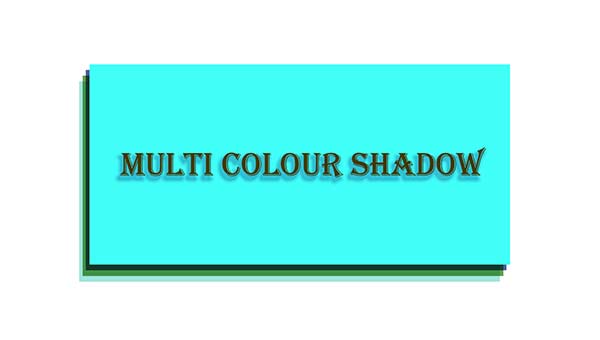
13. Soft and Feathered Shadows
This technique creates a softer, more subtle effect by blurring the edges of the shadow. It can be used to create a more natural or organic look.
14. Bold and Heavy Drop Shadows
This technique creates a more dramatic effect by making the shadow darker and more prominent. It can be used to emphasize the depth and dimension of an object.
15. Soft and Hard Shadows
This technique creates a contrast between a soft, feathered edge and a sharp, hard edge on the shadow. It can be used to create a more dynamic effect and emphasize the depth and dimension of an object.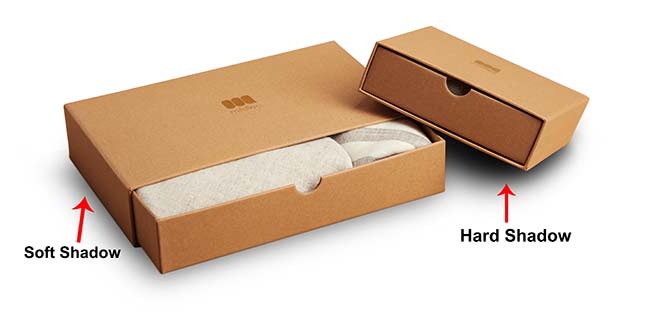
I hope these examples inspire you to get creative with drop shadows in your own graphic design projects!

